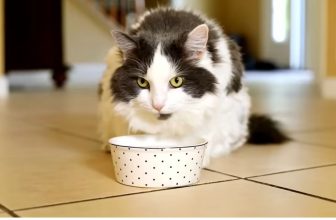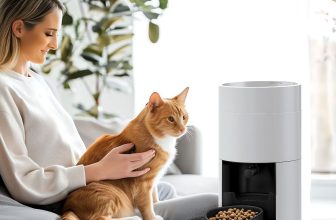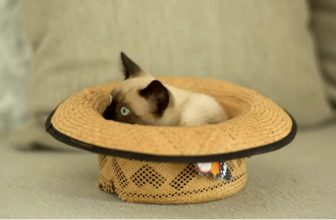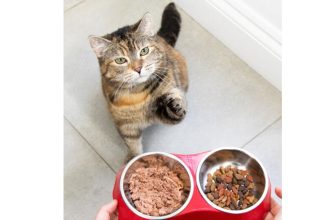Most Nutritious Cat Food to Boost Health & Energy
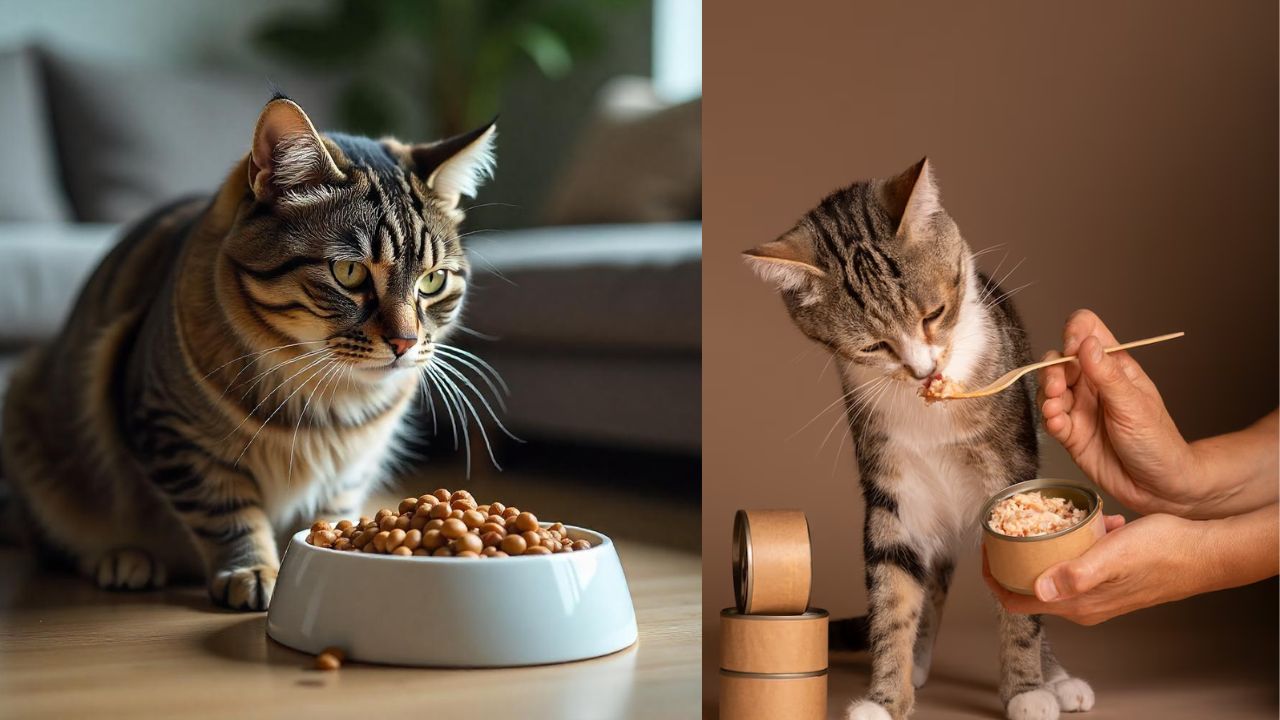
Cats need balanced diets for a healthy life. The most nutritious cat food boosts their energy and overall well-being.
Finding the most nutritious cat food can be challenging. With countless brands and types available, it’s tough to know what’s best for your feline friend. Good nutrition is vital for their growth, immune health, and longevity. The right ingredients can make a big difference in their mood and activity levels.
Cat owners often seek the most nutritious cat food, rich in proteins, vitamins, and minerals. These elements help maintain shiny coats and strong muscles. Understanding what makes cat food nutritious is key. This guide will explore top choices and what they offer. Let’s dive into the essentials for a healthier, happier cat.
Nutritional Needs
Feeding your cat the right food is crucial for their health. Cats need balanced nutrition to thrive. Choosing the most nutritious cat food can be challenging. Understanding their nutritional needs makes the task easier. This guide explores essential nutrients and common deficiencies in cat diets.
Essential Nutrients
Cats need specific nutrients to stay healthy. Proteins are vital. They help in the growth and repair of tissues. Cats are carnivores, so animal proteins are best. Taurine is another essential nutrient. It supports heart and eye health. Cats can’t produce enough taurine on their own. They must get it from their diet.
Fat is also important. It provides energy and supports cell function. Omega fatty acids are special fats that aid in skin health. They also improve coat shine. Vitamins and minerals are equally important. Vitamin A supports vision. Calcium and phosphorus strengthen bones.
Here are some key nutrients:
- Proteins: Essential for muscle and tissue health
- Taurine: Necessary for heart and eye health
- Omega fatty acids: Support skin and coat
- Vitamin A: Important for vision
- Calcium and phosphorus: Strengthen bones
Common Deficiencies
Some cats face nutritional deficiencies. Taurine deficiency is common. It can lead to heart problems and vision issues. A lack of vitamin A may affect a cat’s eyesight. Calcium deficiency weakens bones and teeth. Cats not getting enough protein can lose muscle mass.
Deficiencies can cause serious health issues. It’s crucial to ensure a balanced diet. Here is a table showing common deficiencies and their effects:
| Deficiency | Effects |
|---|---|
| Taurine | Heart and vision problems |
| Vitamin A | Poor eyesight |
| Calcium | Weak bones and teeth |
| Protein | Muscle loss |
A well-balanced diet helps prevent these deficiencies. Choose food with the right nutrients. Your cat will thank you with good health.
Types Of Cat Food
Cats need the right food to stay healthy and active. Choosing the most nutritious cat food is important. It helps ensure your furry friend lives a long, happy life. There are various types of cat food available. Each has its benefits and drawbacks. Understanding these can help you make the best choice for your cat’s diet. Let’s explore the different types of cat food and their nutritional value.
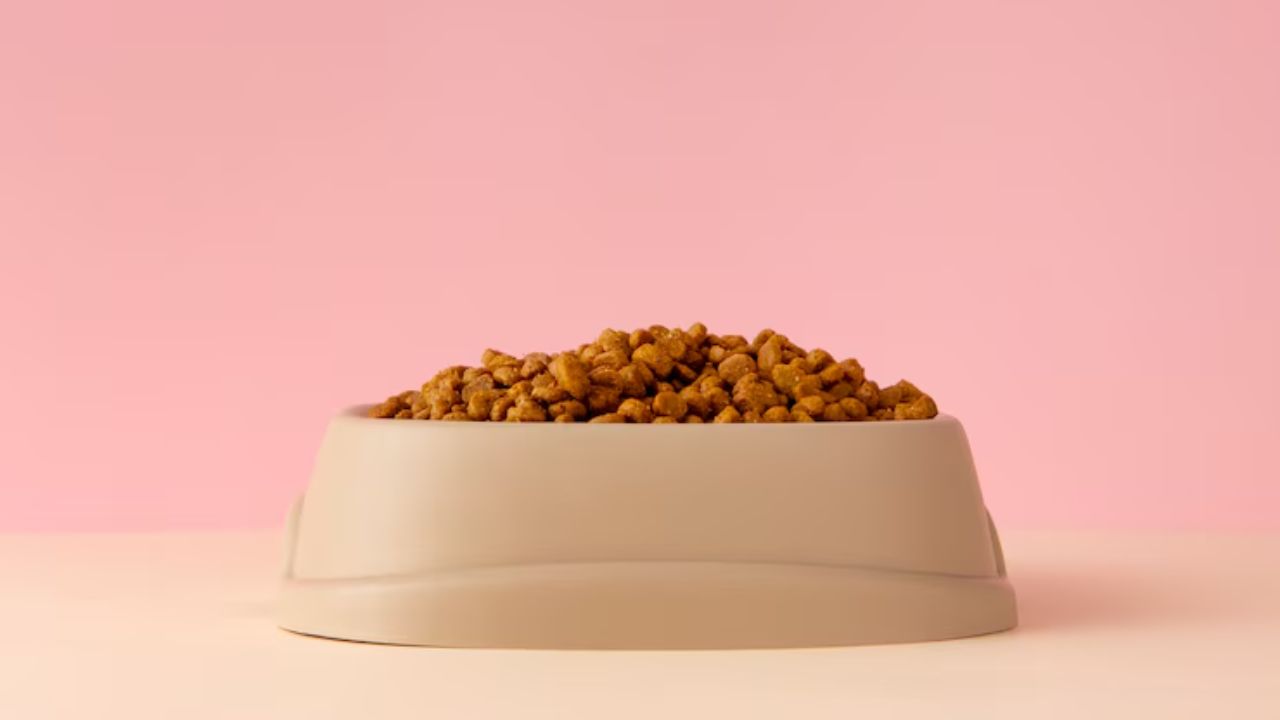
Dry Vs. Wet
Dry and wet cat foods are popular choices for pet owners. Each type offers unique benefits. Dry cat food is convenient and cost-effective. It has a longer shelf life and is easy to store. It also helps keep your cat’s teeth clean. However, it contains less moisture. Cats may need to drink more water to stay hydrated.
Wet cat food has a high moisture content. This is beneficial for cats with urinary or kidney issues. It can also be more appetizing to picky eaters. But, it is often more expensive and requires refrigeration after opening. It’s important to consider your cat’s health needs when choosing between dry and wet food.
| Feature | Dry Food | Wet Food |
|---|---|---|
| Moisture Content | Low | High |
| Storage | Easy | Needs refrigeration |
| Cost | Less expensive | More expensive |
Raw Diets
Raw diets are becoming popular among cat owners. This type of diet mimics what cats eat in the wild. It includes raw meat, bones, and organs. Supporters say it offers better nutritional benefits. Raw diets can improve coat condition and energy levels. Cats on this diet often have healthier skin.
However, raw diets come with risks. Improper handling can lead to bacterial infections. It’s crucial to source meat from reliable suppliers. Ensure the diet is balanced with necessary nutrients. Consulting with a veterinarian is advisable before starting a raw diet.
Consider the pros and cons carefully. Raw diets require time and commitment. They may not be suitable for all cats. Ensuring your cat receives a balanced diet is the priority.
Reading Labels
Choosing the most nutritious cat food is essential for your feline’s health. Understanding the labels on cat food can be confusing. But it’s crucial to know what you’re feeding your cat. Reading labels helps you make informed choices. It ensures your cat gets the best nutrition.
Ingredient Lists
Ingredient lists provide a clear picture of what’s in the cat food. The first ingredient is usually the most significant. It should ideally be a high-quality protein source like chicken or fish. Avoid foods with fillers like corn or wheat as the first ingredient. These do not provide the necessary nutrients.
- Proteins: Essential for muscle development and energy.
- Fats: Necessary for a shiny coat and skin health.
- Carbohydrates: Should be limited in a cat’s diet.
- Vitamins and Minerals are important for overall health.
Some ingredient lists may include by-products. These are not harmful, but should not dominate the list. Always look for foods with natural preservatives over artificial ones. These are safer for your cat’s health.
| Ingredient | Importance |
|---|---|
| Chicken | High-quality protein |
| Fish Oil | Good for skin and coat |
| Brown Rice | Limited carbohydrate |
Nutritional Claims
Nutritional claims can be found on the packaging. They offer insights into the health benefits of the cat food. Claims like “complete and balanced” indicate a full range of nutrients. This means the food meets your cat’s daily requirements.
Watch out for terms like “all-natural” or “premium”. They sound appealing, but may not mean much legally. Always check if the food meets the AAFCO standards. This ensures the food is nutritionally adequate.
- Complete and Balanced: Provides all essential nutrients.
- Grain-Free: Suitable for cats with allergies.
- High Protein: Important for active cats.
Understanding these claims helps you choose the best food. It ensures your cat stays healthy and happy. Always consult with a vet if unsure about a claim’s meaning.
Top Brands
Cats are beloved companions. Ensuring they get the right nutrition is crucial. Choosing the most nutritious cat food can be overwhelming with so many brands. This guide explores top brands that offer nutritious cat food. Focus on keeping your feline friend healthy and happy.
Premium Options
Premium cat foods offer higher-quality ingredients and often contain natural and organic components. These options are perfect for those who prioritize health over cost.
- Blue Buffalo Wilderness: Known for high protein content. Uses real chicken as the first ingredient. Free from grains and artificial additives.
- Wellness CORE: Offers a grain-free formula. Packed with antioxidants and probiotics. Supports a healthy immune system.
- Merrick Purrfect Bistro: Features deboned chicken. Contains omega fatty acids for healthy skin. No artificial colors or flavors.
These brands focus on balanced nutrition. They provide the essential nutrients your cat needs. A bit pricier, but the quality is worth it. Cats thrive on this nutrient-rich food.

Budget-friendly Choices
Budget-friendly cat foods still offer nutrition. It’s possible to find affordable options without compromising quality. These brands balance cost and nutrition.
| Brand | Key Features |
|---|---|
| Purina ONE | High protein, real meat, and vitamins. Affordable and widely available. |
| Iams ProActive Health | Contains prebiotics and beet pulp. Supports digestion and is budget-friendly. |
| Friskies | Offers a variety of flavors. Provides essential nutrients without breaking the bank. |
These choices are perfect for those on a budget. Ensure your cat still receives proper nutrition. It’s possible to feed your cat well without spending too much.
Homemade Cat Food
Cats thrive on a diet that meets their nutritional needs. Store-bought cat food is convenient, but homemade options can be more nutritious. Preparing cat food at home ensures that your pet gets only the best. Homemade recipes allow you to control the ingredients, ensuring your cat enjoys a balanced and healthy meal. It’s crucial to understand what your cat needs and how to prepare it safely.
Recipes To Try
Creating homemade cat food is simple. Focus on high-quality protein sources such as chicken, beef, and fish. Cats are obligate carnivores and require protein to thrive.
- Chicken and Rice Recipe: Boil chicken breasts until cooked. Mix with cooked rice and peas. Shred the chicken for easy eating.
- Fish and Sweet Potato Recipe: Bake fish fillets. Mash sweet potatoes and mix with the fish. Fish should be boneless and skinless.
- Beef and Veggie Mix: Cook ground beef. Mix with chopped carrots and green beans. Ensure veggies are soft and easy to chew.
Include essential vitamins and minerals in each meal. Taurine is crucial for heart health. Omega-3 oils support skin and coat health. Always consult a vet to balance meals correctly.
Safety Tips
Preparing homemade cat food requires care. Avoid certain foods that are harmful to cats. Never include onions, garlic, or chocolate. These can be toxic.
- Store food properly: Keep meals refrigerated to prevent spoilage.
- Monitor portions: Serve appropriate amounts to prevent obesity.
- Introduce new foods gradually: Mix a small amount of new food with the usual diet.
Consult a vet regularly to ensure nutritional balance. Regular check-ups help maintain your cat’s health. Always observe your cat’s reaction to new meals. Adjust recipes if any discomfort arises.
Allergies And Sensitivities
Finding the most nutritious cat food is essential for your pet’s health. A balanced diet can prevent health issues and ensure a happy life. But, some cats have allergies and sensitivities. This makes it crucial to know the ingredients in their food. Selecting the right food can be challenging. Understanding common allergens and symptoms can help.
Common Allergens
Many cats suffer from food allergies. Knowing common allergens can aid in prevention. Animal proteins like beef, chicken, and fish often cause allergies. Dairy products such as milk and cheese can also be culprits. Grains like corn and wheat might trigger reactions too.
- Beef: A common allergen in commercial cat food.
- Chicken: Can cause skin issues and digestive upset.
- Fish: May lead to itching and skin rashes.
- Dairy: Often causes stomach problems in cats.
- Grains: Corn and wheat can irritate sensitive cats.
Reading ingredient labels is important. Opt for limited-ingredient diets if allergies are suspected. These diets have fewer ingredients, reducing the chance of a reaction. Consulting a vet can provide more guidance.
Symptoms To Watch
Recognizing symptoms of food allergies is crucial. Early detection can prevent further complications. Itching and scratching are common signs. Cats may also develop skin rashes or bumps. Digestive issues like vomiting and diarrhea are also indicators.
- Itching: Persistent scratching, especially around the head.
- Skin Rashes: Red, inflamed patches on the skin.
- Vomiting: Frequent or after eating specific foods.
- Diarrhea: Loose stools that occur regularly.
- Bumps: Small, raised areas on the skin.
Observing your cat’s behavior is key. If symptoms appear, try changing their diet. An elimination diet can identify the allergen. This involves removing suspected allergens and slowly reintroducing them. Always consult a vet for proper diagnosis and treatment.
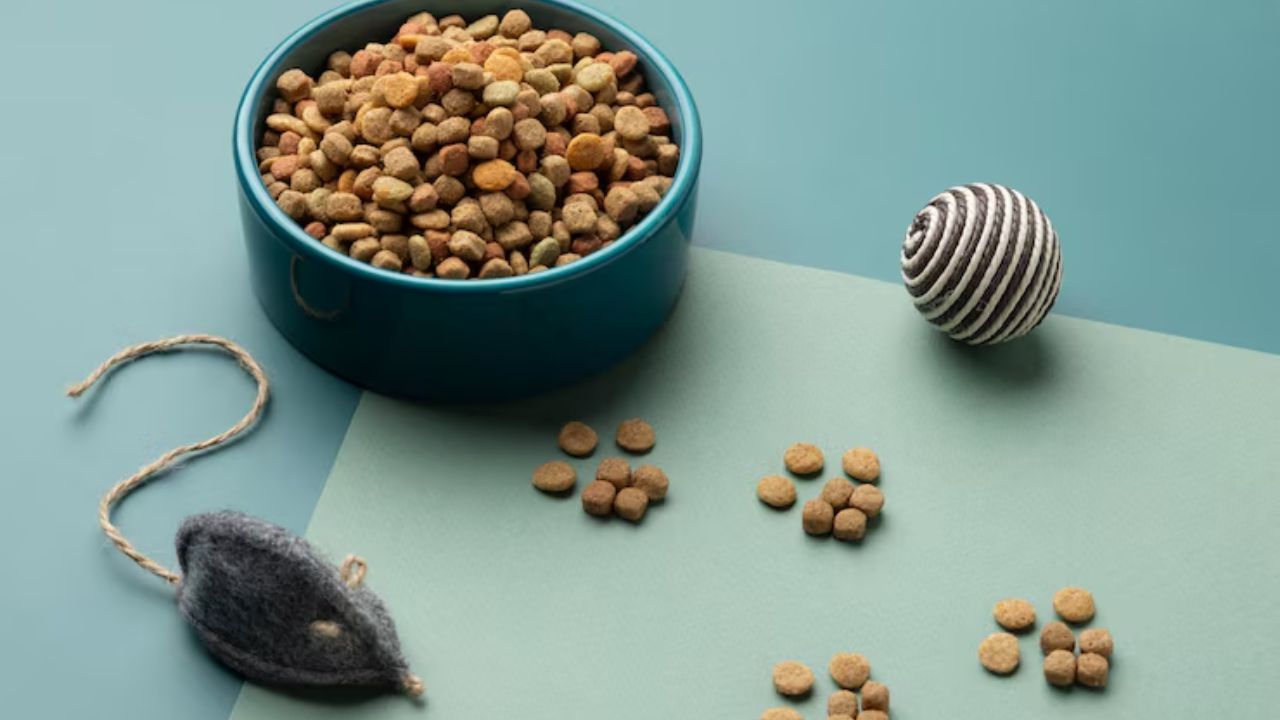
Life Stage Considerations
Cats, like humans, need proper nutrition to stay healthy. The right cat food can make a big difference. Different life stages require different nutrients. Understanding these needs is essential. From kittens to senior cats, each stage has unique dietary needs. This guide focuses on the most nutritious cat food for each life stage.
Kittens
Kittens grow quickly and need special nutrition. Their tiny bodies require more energy and nutrients. High-quality kitten food supports their rapid development. Essential nutrients include:
- Protein: Helps build strong muscles.
- Fat: Provides energy for active play.
- Calcium and Phosphorus: Important for bone growth.
Wet food is often recommended for kittens. It is easier for them to chew and digest. Kittens should eat small meals several times a day. This keeps their energy levels stable. Here’s a simple feeding schedule:
| Age (Weeks) | Meals per Day |
|---|---|
| 4-12 | 4-5 |
| 12-24 | 3-4 |
Always provide fresh water. Kittens are playful and burn lots of calories. Proper nutrition ensures they grow into healthy adults.
Senior Cats
Senior cats have different nutritional needs. As they age, their metabolism slows down. Older cats may require fewer calories to prevent weight gain. Joint health becomes a priority. Ingredients like glucosamine help maintain mobility.
Protein remains important for maintaining muscle mass. But it should be easily digestible. Senior cats often benefit from a diet with less fat. This helps control their weight. A typical senior cat diet may include:
- Moderate protein: Supports muscle without stressing the kidneys.
- Low fat: Helps prevent obesity.
- Added vitamins: Support overall health and wellness.
Some senior cats prefer wet food as it is easier to chew. Dental issues are common in older cats. Make sure to monitor their eating habits. Regular vet check-ups are essential for senior cats. They help adjust diets as needed. Proper nutrition keeps senior cats active and comfortable.
Consulting The Vet
Choosing the most nutritious cat food is crucial for your feline friend’s health. Cats need a balanced diet to maintain their energy and overall well-being. Consulting the vet can help you make informed decisions about your cat’s nutrition. Vets provide valuable insights into what nutrients your cat needs. Their advice can guide you in selecting the best food options. This ensures your cat receives all essential vitamins and minerals. With their help, you can avoid common dietary mistakes. A vet’s guidance can be your best tool in promoting your cat’s health.
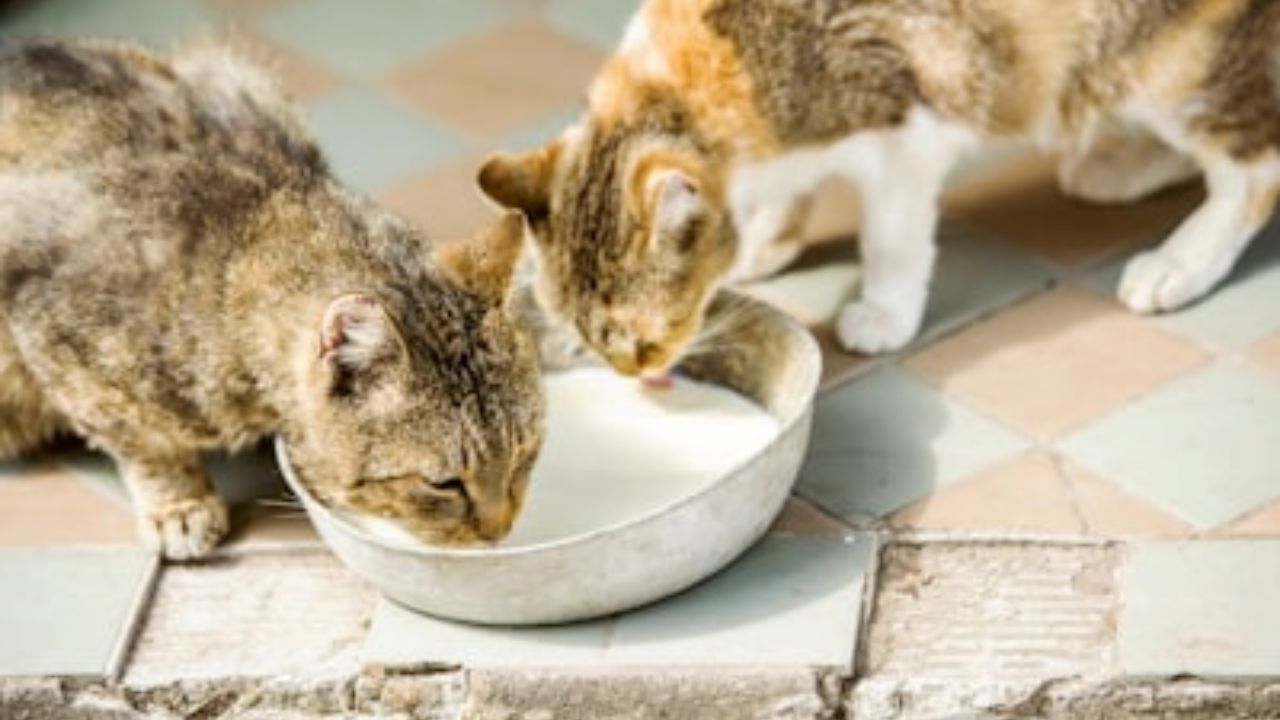
When To Ask For Advice
Seeking advice from a vet is important. Consult them when your cat’s eating habits change. A sudden loss of appetite or excessive eating can signal health issues. Vets can identify potential problems early. They can recommend dietary adjustments to prevent complications. It’s also wise to consult them when introducing new foods. Cats can be sensitive to sudden changes in their diet. A vet can ensure new foods won’t harm your cat. Regular visits can provide peace of mind. They help keep track of your cat’s health and nutrition needs.
- Changes in eating habits
- Introducing new foods
- Regular health check-ups
- Concerns about weight gain or loss
Preventive Care
Preventive care is key in maintaining your cat’s health. Balanced nutrition supports their immune system. It helps your cat fight off illnesses. Vets recommend regular check-ups. They assess your cat’s dietary needs and adjust food plans if needed. This can prevent common health issues. Quality cat food is vital. It should contain essential nutrients like proteins, fats, and vitamins. These nutrients ensure your cat stays active and healthy. Monitor your cat’s weight. It’s an important part of preventive care. Sudden weight changes can indicate health problems.
| Preventive Measures | Benefits |
|---|---|
| Balanced diet | Strong immune system |
| Regular vet check-ups | Early detection of issues |
| Quality cat food | Optimal health |
| Weight monitoring | Identify health changes |
Frequently Asked Questions: Most Nutritious Cat Food
What Is The Number 1 Healthiest Cat Food?
Choosing the healthiest cat food depends on your cat’s specific needs. Brands like Royal Canin and Hill’s Science Diet are highly recommended by veterinarians. Always look for high-quality protein sources and essential nutrients. Consult your vet for personalized advice to ensure your cat gets the best nutrition.
What Is The Healthiest Dry Indoor Cat Food?
The healthiest dry indoor cat food often includes high-quality protein, low carbohydrates, and essential nutrients. Brands like Hill’s Science Diet, Royal Canin, and Wellness Core are popular choices. Always check the ingredient list and consult your veterinarian to ensure it meets your cat’s specific dietary needs.
What Is The Healthiest Wet Cat Food For Indoor Cats?
Wellness CORE Grain-Free is a top choice for indoor cats. It offers high-quality protein and essential nutrients. Blue Buffalo Wilderness also provides balanced nutrition with real meat as the first ingredient. Always consult your veterinarian to ensure the best diet for your cat’s specific needs.
What Is The Healthiest Cat Food For Older Indoor Cats?
Choose cat food with high-quality protein, low calories, and added joint support. Opt for brands like Hill’s Science Diet, Royal Canin, or Blue Buffalo. Ensure it includes essential nutrients like omega-3 fatty acids and antioxidants. Always consult your vet for personalized recommendations based on your cat’s health needs.
Conclusion
Choosing nutritious cat food supports your feline’s health. Look for balanced ingredients. Quality proteins, vitamins, and minerals are key. Consult your vet for personalized advice. Read labels carefully. Avoid fillers and artificial additives. Opt for trusted brands. Your cat deserves the best.
A healthy diet leads to a happy pet. Consider your cat’s age and activity level. Tailor their food for optimal wellness. Small changes make a big difference. Your furry friend’s health is worth it. Keep them purring with love and care.
Enjoy the moments of joy with your healthy cat.



